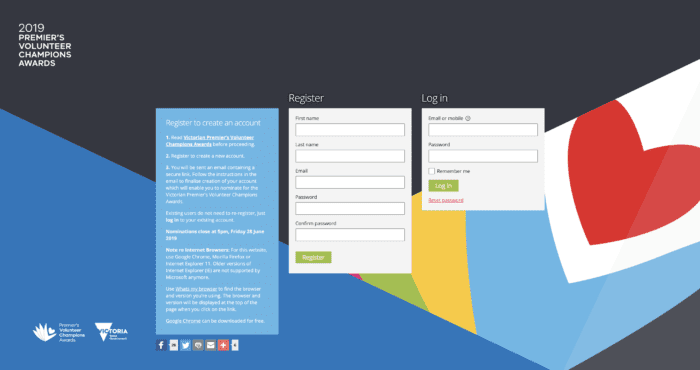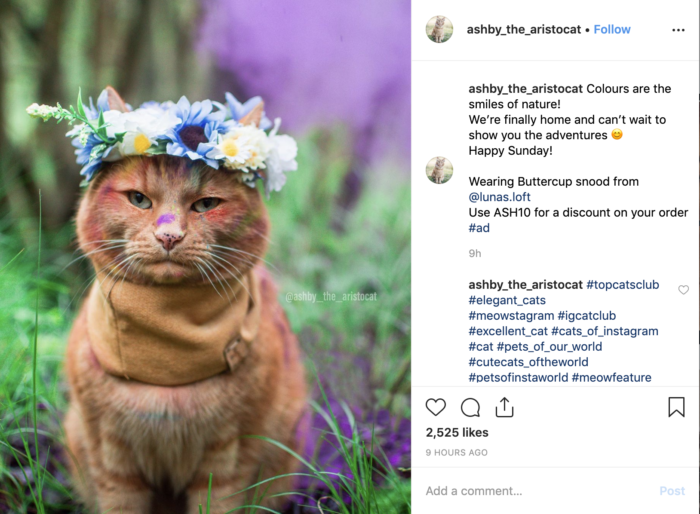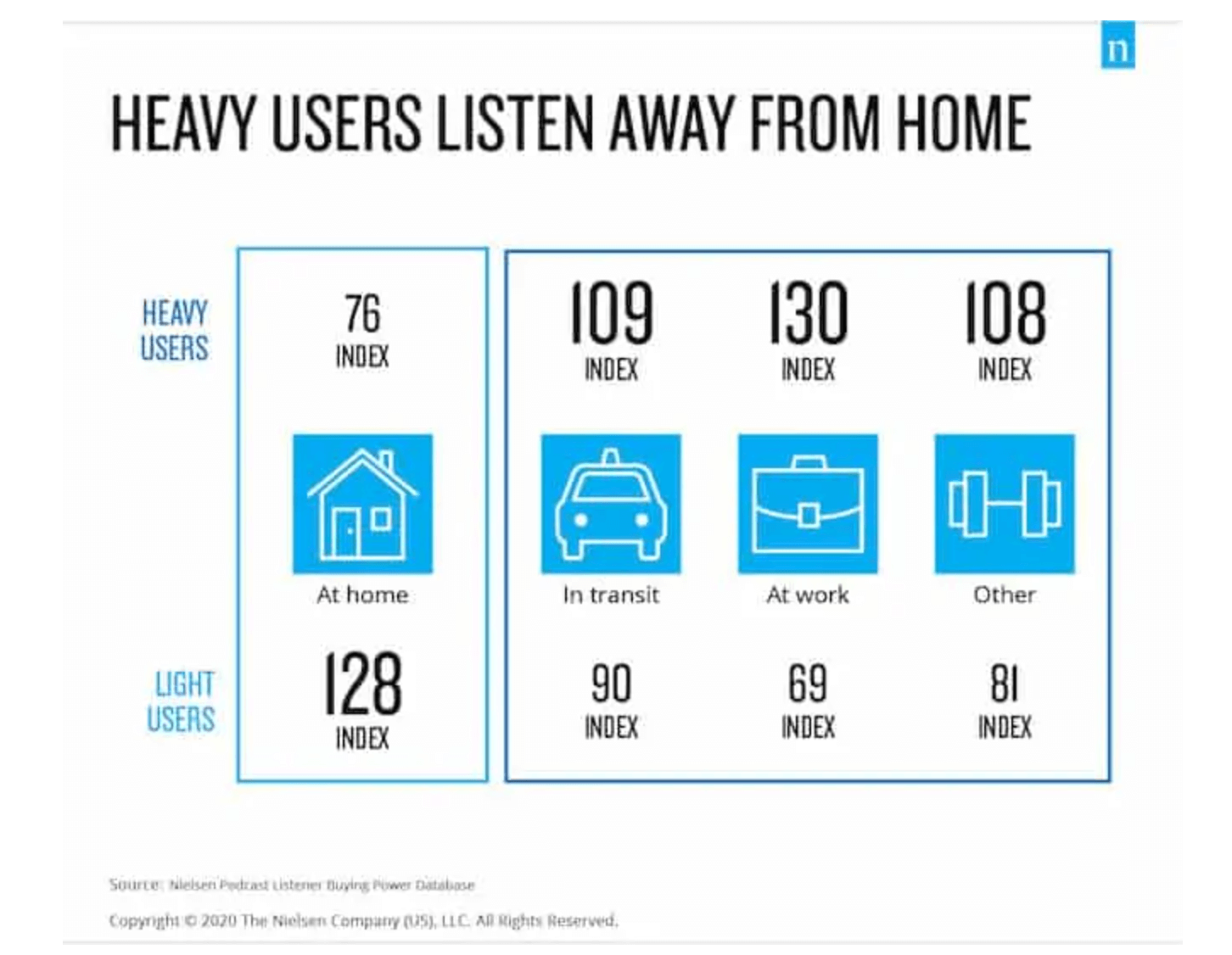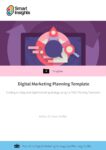As more competitors on the landscape compete for keywords and "airspace", it’s now more important than ever to explore new ways to engage and communicate with your target demographic and community
Marketing has come a long way since those smoky days in the Mad Men-style advertising board rooms. It has, at one point or another, revolved around each medium that has engaged us as humans, from newspapers and radio to television, and now, the internet and social media.
What we used to call "traditional marketing" (the direct mail and radio/TV advertising) has now morphed into "digital marketing," a way to reach people where they are: online. Digital marketing these days covers a wide swath of channels: search engines, social media, and email, among others.
Download our Free Resource – Free digital marketing plan template
This popular digital marketing strategy template will give you a structure for applying the Smart Insights RACE planning framework to help you rapidly create an integrated digital marketing plan for your business.
Access the Free digital marketing plan template
As the marketing experts at HubSpot say: marketing is about answering this fundamental question: "Where, when, and how does our consumer want to communicate with our business?"
As more competitors on the landscape compete for keywords and "airspace", it’s now more important than ever to explore new ways to engage and communicate with your target demographic and community.
What is non-traditional marketing?
Non-traditional marketing means going beyond the regular marketing strategy to engage with real people, actual humans, who are looking for the same answers, same everyday inspiration as you. It’s about knowing who your client is, what would make their life easier, and where you can engage with them, and - this is important - without the sales pitch.
Inbound marketing has played a huge role in defining the "new" world of marketing that speaks to this sentiment. It’s about creating content that people want to read. Content that educates and engages, without being overly stuffed with a checklist of keywords.
This content allows people to explore and learn about topics that interest them, cultivating a trustworthy relationship while they’re at the top of the funnel, perhaps before they even realize they need your product or solution.
Finding new ways to reach your community should never be sneaky and doesn’t have to be difficult.
Here are six creative ways to engage with your community.
1. Create a course
Your team has expertise in your industry. So why not use that to create a space where consumers can learn and interact with your resident experts through an online class or course?
You can make it free or paid and, upon completion, provide certificates they can post on LinkedIn and across social media.
This is a great way to claim your space as a leader in your industry, and, at the same time, provide useful information and education for your target demographic.
It’s a way to build trust, grow your brand recognition, and build an engaged community around your product or service.
Tips
The setup of the course doesn’t have to be complicated, and the potential for content is limitless: videos, presentations, blogs, and more all make great course material.
Get inspiration
Check out these two organizations that do an amazing job with their educational opportunities.
2. Build an awards program
Recognition of excellence in a community is a fantastic way to celebrate the achievements of individuals and teams, increase energy to the sector, and raise the standards of an organization or industry.

The awards industry is growing fast. Why? Awards programs can generate revenue and deliver a strong ROI. They can add value and build engagement in your community and industry.
In terms of your marketing strategy, they can provide a big brand boost, attracting high profile judges and sponsors and generating content for marketing and communications.
Tips
Ask yourself some questions to get started, such as:
- What do you want to recognize?
- What will be the prize?
- Who will judge? Will you invite experts in your community or open it to the public?
- What will be the scoring criteria?
- How will you celebrate the winners? An awards event or gala?
An awards program can get complex, but with the right platform, all the hard work is done for you. Check out Award Force, an awards management software that helps you with every step of the awards process.
Get inspiration
Check out the British Podcast Awards or the Ocean Conservancy’s photo submission contest.
3. Partner with a micro-influencer
Influencer marketing is becoming a very popular strategy with marketing teams big and small. According to a recent study of diverse marketers, 94% said influencer marketing was an effective campaign strategy.
What is influencer marketing? It’s a form of marketing where influential people are paid to advocate for a company. You’ve probably seen them on Instagram. Their posts will state #Ad, letting you know this is for a brand, but that they are standing behind this product or service.
An article in Marketing Weekly recently reported that General Mills is investing a third of its digital spend in influencer marketers for its new organic business.

"Industries like beauty are going to lead the way but we’re going to see it across every brand and touchpoint. People don’t just buy products, they buy benefits, values, and passion points," said Arjoon Bose from General Mills.
You don’t have to have deep pockets to hire influencers for your marketing campaigns. Many experts believe that influencers with fewer than 10,000 followers offer the best engagement. Known as "micro-influencers," these accounts are typically more affordable partners.
Tips
Working with an influencer doesn’t have to involve a lot of money or any at all. Reach out to micro-influencers who fit your brand and messaging. Then, offer trades or free services in exchange for a promoted post.
Get inspiration
Open up Instagram and start scrolling, looking out for those #Ads. Watch how the influencers incorporate the product or service in their photo, how their authenticity lends credibility to the brand, and how many people comment or interact with each post.
4. Provide webinars
Webinars are a great way to offer useful, actionable tips to your current or prospective customers. According to the Content Marketing Institute, webinar platforms remain in the top five technologies B2B organizations use to manage their content marketing efforts.
A webinar is a scheduled and marketed group chat or presentation, led by experts in your industry, to provide education on a subject. Webinars are typically free and offer people a chance to learn more about a topic that interests them.
Tips
Use a service like Zoom to host and record your webinar, which allows for easy content sharing and chat services during the event. This application also makes it easy for question and answer sessions. Be sure to record the webinar and then you can offer it "on-demand" afterward for those who couldn’t make it or for others who are interested at a later date. You can connect the webinar to a sign-up form, perfect for lead generation marketing campaigns.
Get inspiration
Check out this webinar from Search Engine Journal: Six ways to increase the life of your content with Kelsey Jones. Note that the landing page offers a quick recap of the webinar, a full recording, and a way to sign up for the next one.

5. Develop a podcast
With more than 1,000,000 podcasts now available, audio is a fast-growing segment in many marketing content strategies, and for good reason. Podcasts provide a unique voice for your brand and product or service in a convenient way.

They can be short or long, feature guest speakers and/or your team, and provide an authentic feel to your brand.
Tips
Pre-record your podcasts so you have each "season" of audio ready to go, on-demand. Your listeners can then listen when they have a moment, or even "binge" and listen to many of them in one sitting (or morning jog or commute to work).
Get inspiration
Give a listen to one of these popular marketing and business podcasts:
- Mixergy, hosted by Andrew Warner, which features a different successful entrepreneur on each episode.
- Marketing Over Coffee, hosted by John J. Wall and Christopher S. Penn in a local coffee shop. Each episode is 20 minutes and features tips on all facets of marketing.
6. Have conversations on social
This is an oft-overlooked part of social media in a content strategy and can take as few as five minutes a day. What’s the best way to do it?
On the channels where you’re active, follow, and engage with other accounts. These could be your followers, others in your industry, or accounts that your target demographic might follow.
Spend time in the comments of a relevant post, and contribute to the conversation. Provide your opinion or simply engage on the topic the user has addressed in their post.
Take it from marketing pro Gary Vaynerchuk, who believes empathy is the key component of building a community on social, and who comments on 15-20 "heartfelt comments" per day.
Tips
Be personable and friendly. Be sure to offer more than a vague emoji, which comes across as automated spam. Be authentic, and have conversations.
Get inspiration
Follow @garyvee on Instagram to see how he gets social with his six million followers, plus loads of ideas to keep you on your best social marketing game.
In conclusion, it’s about community
Marketing is about building and engaging your community. In the end, it’s about the people – and how you can provide a helpful service or product to them in a place they can receive it, whether that’s through an audio podcast, an awards program for recognition, or on social media.
Lindsay Nash is the content marketing manager at
Award Force, which works to recognize excellence worldwide through management software for awards, grants, and employee recognition programs. She can be reached at
[email protected].











